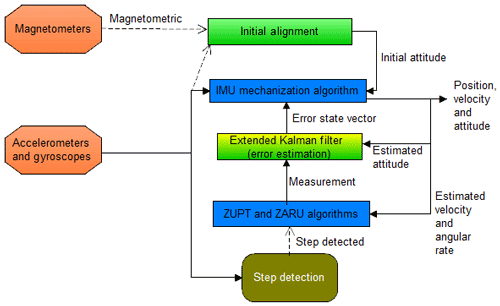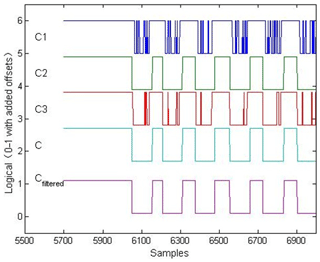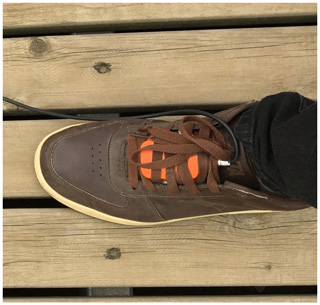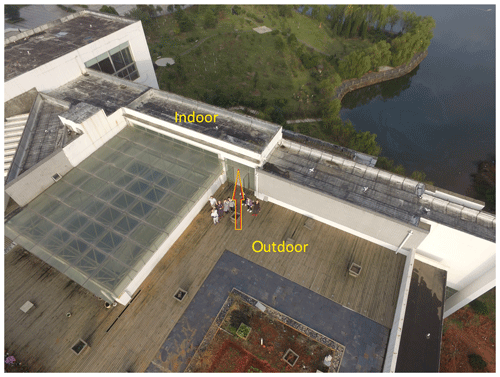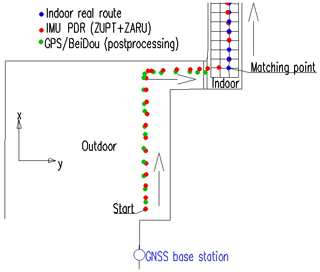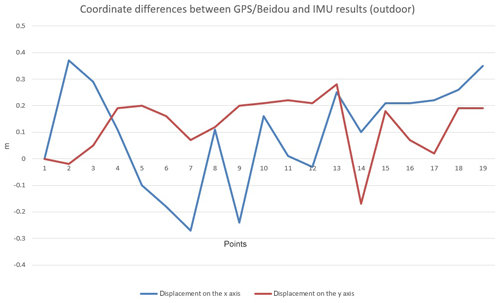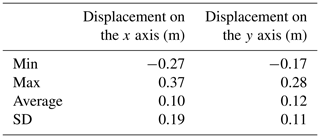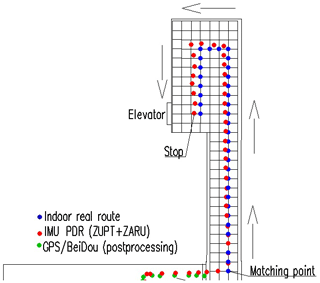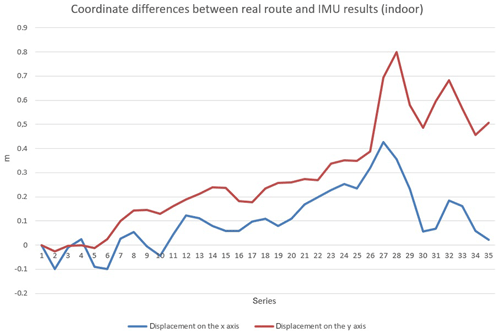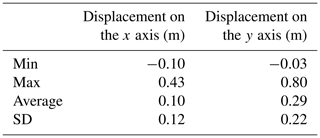Pedestrian navigation system based on the inertial measurement unit sensor for outdoor and indoor environments
With the continuous improvement of the hardware level of the inertial measurement unit (IMU), indoor pedestrian dead reckoning (PDR) using an inertial device has been paid more and more attention. Typical PDR system position estimation is based on acceleration obtained from accelerometers to measure the step count, estimate step length and generate the position with the heading received from angular sensors (magnetometers and gyroscopes). Unfortunately, collected signals are very responsive to the alignment of sensor devices, built-in instrumental errors and distortions from the surrounding environment.
In our work, a pedestrian positioning method using step detection based on a shoe-mounted inertial unit is arranged and put to the test, and the final results are analyzed. The extended Kalman filter (EKF) provides estimation of the errors which are acquired by the XSENS IMU sensor biases. The EKF is revised with acceleration and angular rate computations by the ZUPT (zero velocity update) and ZARU (zero angular rate update) algorithms. The step detection associated with these two solutions is the perfect choice to calculate the current position and distance walked and to estimate the IMU sensors' collected errors by using EKF.
The test with a shoe-mounted IMU device was performed and analyzed in order to check the performance of the recommended method. The combined PDR final results were compared to GPS/Beidou postprocessing kinematic results (outdoor environment) and to a real route which was prepared and calculated for an indoor environment. After the comparison, the results show that the accuracy of the regular-speed walking under ZUPT and ZARU combination in the case of outdoor positioning did not go beyond 0.19 m (SD) and for indoor positioning accuracy did not exceed 0.22 m (SD). The authors are conscious that built-in drift errors coming from accelerometers and gyroscopes, as well as the final position obtained by XSENS IMU, are only stable for a short time period. Based on this consideration, our future work will be focused on supporting the methods presented with radio technologies (WiFi) or image-based solutions to correct all IMU imperfections.






